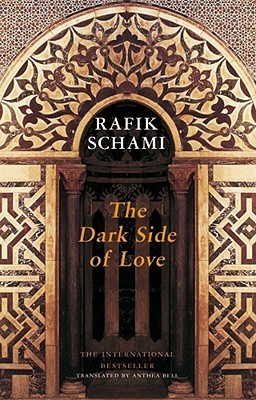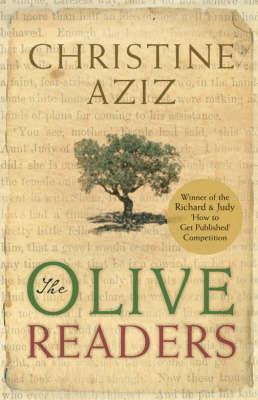
Habibi
Book Description
Amidst the rich tapestry of love, faith, and cultural conflict, two childhood friends are drawn together in a world torn by war and division. As their lives intertwine through longing glances and whispered secrets, the boundaries of friendship blur into something deeper, yet heartbreakingly elusive. Surrounded by vibrant markets and the haunting shadows of their realities, they must navigate the treacherous landscape of desire and duty. Can they forge a path to happiness in a place where hope feels like a distant mirage? Love may be their greatest weapon, but will it be enough to conquer the forces pulling them apart?
Quick Book Summary
"Habibi" by Craig Thompson is a sweeping, intricate graphic novel blending romance, faith, and cultural commentary. Set in a fictional Middle Eastern landscape, the story follows Dodola and Zam, two orphans whose early lives are marked by trauma and slavery. Their bond, kindled by shared suffering, grows into a complex and profound love that weaves through their attempts at survival. The narrative integrates lush Islamic myths, spiritual symbolism, and evocative imagery to explore themes of identity, gender, and redemption. As Dodola and Zam navigate a world scarred by war, poverty, and prejudice, they struggle to define themselves apart from the roles imposed on them. Ultimately, "Habibi" is a tale of endurance, the transformative power of love, and the search for belonging amid chaos.
Summary of Key Ideas
Table of Contents
The Redemptive Power of Love
Dodola and Zam’s journey begins with loss and bondage—Dodola is sold into marriage as a child, while Zam is abandoned and enslaved. Their escape into the desert oasis offers a brief sanctuary where storytelling becomes a vital source of hope. Dodola’s tales, drawn from Islamic tradition and folklore, provide both characters with spiritual nourishment and comfort against a backdrop of violence and deprivation. These moments underscore the significance of narrative in creating meaning and imagining a better future.
Faith and Spiritual Identity
Throughout their lives, faith and spirituality manifest not just in rituals, but as lifelines tethering them to their identities. The novel frequently references Islamic calligraphy, parables, and the Holy Books, illustrating the characters’ struggle to reconcile their suffering with their beliefs. Spiritual themes intertwine with earthly struggles, revealing how religion can offer solace or reinforce suffering, especially when interpreted through the lens of societal structures and power dynamics.
Gender, Sexuality, and Bodily Autonomy
Gender and bodily autonomy are central to Dodola and Zam’s evolution. Dodola endures exploitation and violence, her body commodified by those in power, while Zam wrestles with his awakening sexuality and a desire to protect Dodola. Their mutual longing is complicated by shame, trauma, and confusion, highlighting how patriarchal oppression shapes both physical and emotional landscapes. Over time, their connection becomes a space for healing, affirming the body as a site of both pain and reclamation.
Social Inequality and Exploitation
The stark economic and social disparities in "Habibi" serve both as plot devices and commentary. Dodola and Zam traverse the opulent yet morally bankrupt court of the Sultan and the destitution of life in the slave quarters. The rich illustrations capture bustling markets, dirty alleys, and desert isolation, exposing the extremes between privilege and poverty. Class barriers are persistent obstacles to their wellbeing, complicating their choices and underscoring the entrenched injustices that shape their lives.
The Interconnectedness of Stories and Myths
Storytelling is not only a refuge for the protagonists, but also functions as the book’s structural principle. Myths, religious stories, and personal histories are layered throughout the narrative, blurring the boundaries between past and present, fact and fiction. This interconnectedness speaks to the universal longing for meaning and connection amidst suffering. In the end, "Habibi" is a lush, challenging meditation on the redemptive possibilities of love, the endurance of faith, and the complexities of the human experience within—and beyond—cultural boundaries.
Download This Summary
Get a free PDF of this summary instantly — no email required.





